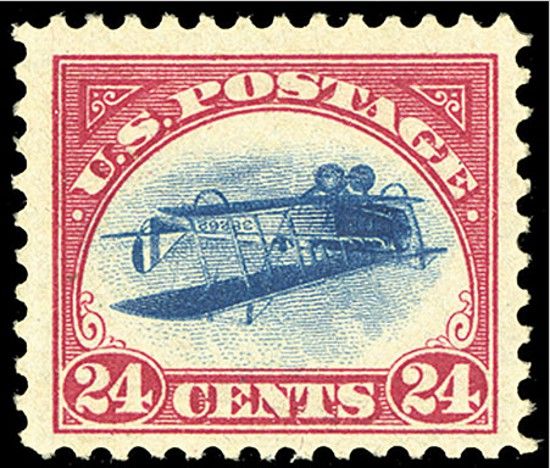Steve Robinson, MD, forwards a story from the Washington Post’s Wonkblog about a study conducted by researchers at the University of Illinois at Chicago evaluating the relaxing effects of THC. The Wonkblog, relying on experts at The Cannabist, did not question the premise that an oral dose of 7.5 milligrams constitutes a “low dose” of THC. And they’re still defining THC as “pot’s main chemical ingredient.”
“…they conducted a randomized, double-blind lab experiment involving 42 test subjects to see how different doses of THC — pot’s main chemical ingredient — affected the subjects’ responses to stressful situations.
The test subjects were divided into three groups. The first group received an oral dose of 12.5 milligrams of THC. The second group got only 7.5 mg, while the remaining students unknowingly received a placebo.
For reference, this is not a lot of THC. With the help of medical researchers, the publication the Cannabist recently calculated that a person smoking half a joint of weed could be expected to consume between 33 and 39 milligrams of THC. So the amounts of THC involved in this study are considerably lower than what a heavy user could conceivably consume in one setting.
….Compared to the placebo, the low dose of THC “reduced the duration of negative emotional responses to acute psychosocial stress, and participants’ post-task appraisals of how threatening and challenging they found the stressor,” according to the paper.
But the higher dose of THC actually made things worse. “In contrast, the higher dose of THC (12.5mg) produced small but significant increases in anxiety, negative mood and subjective distress at baseline before the tasks began,” and throughout the tasks, the researchers found.
Conclusions? A low dose of marijuana is the way to go if you use it primarily for relaxation purposes.




